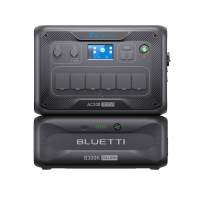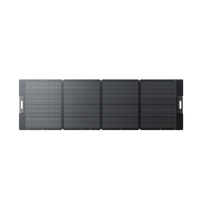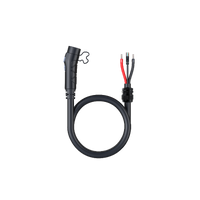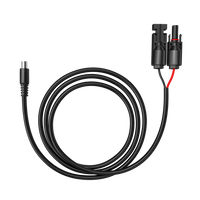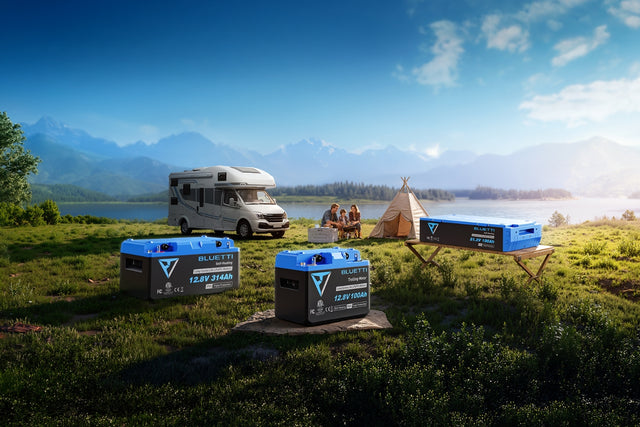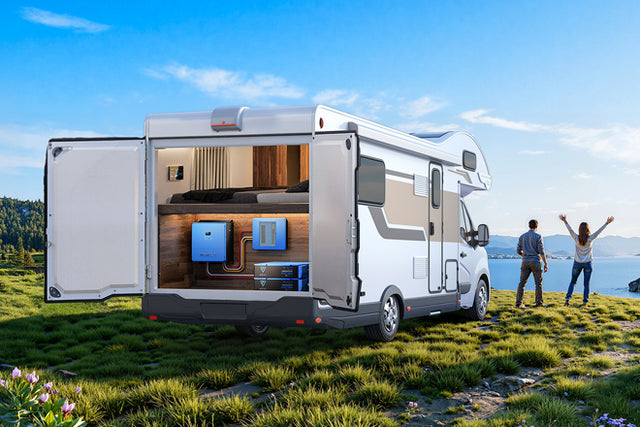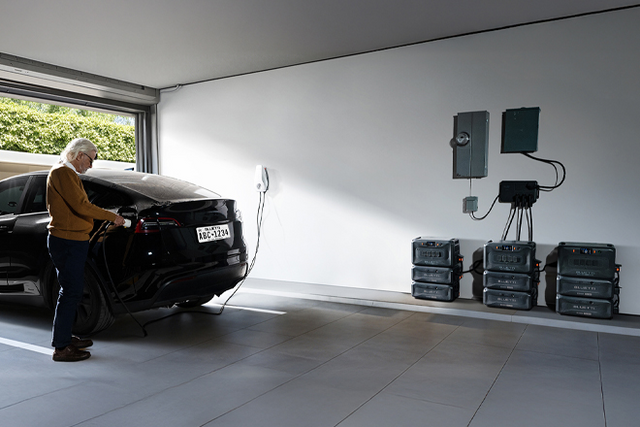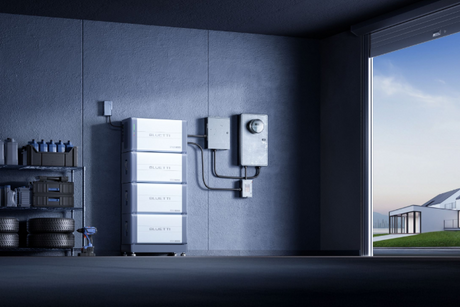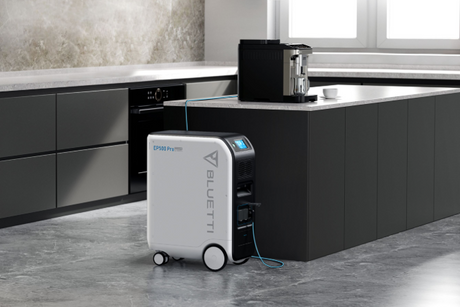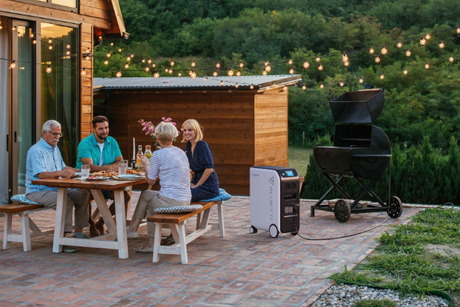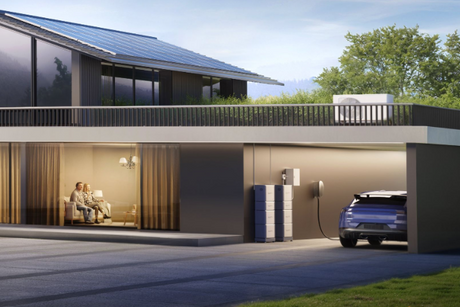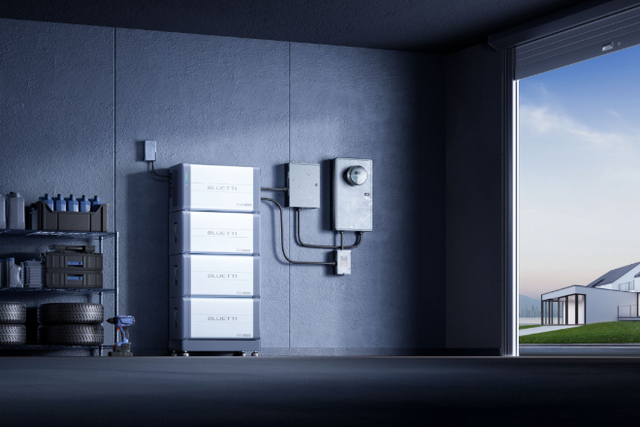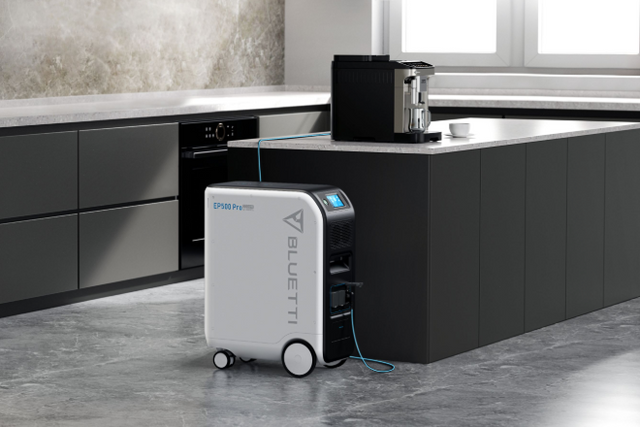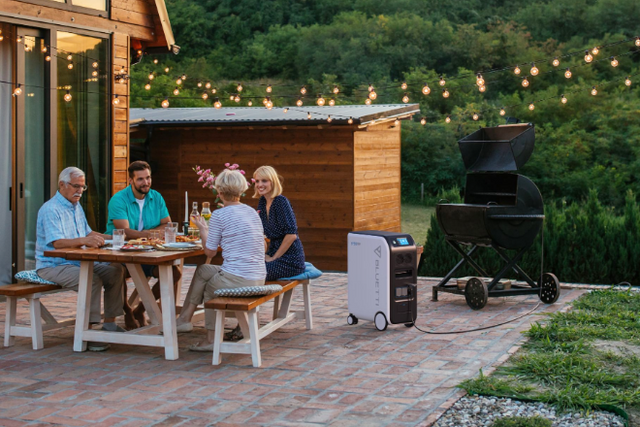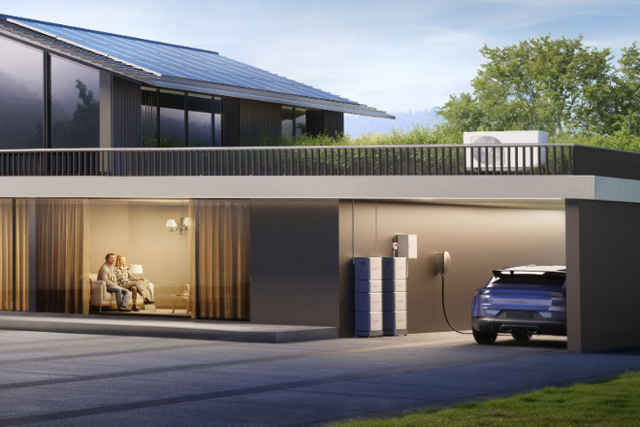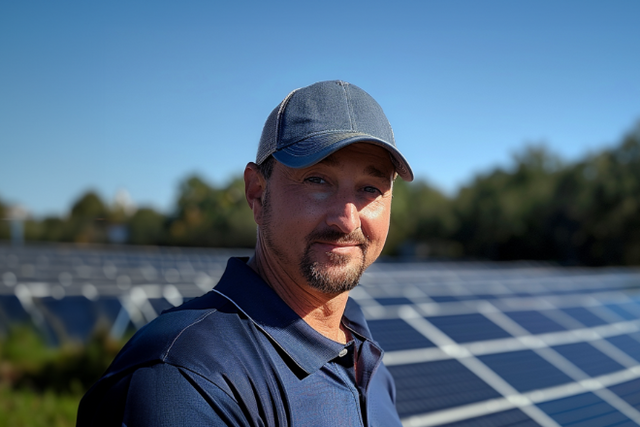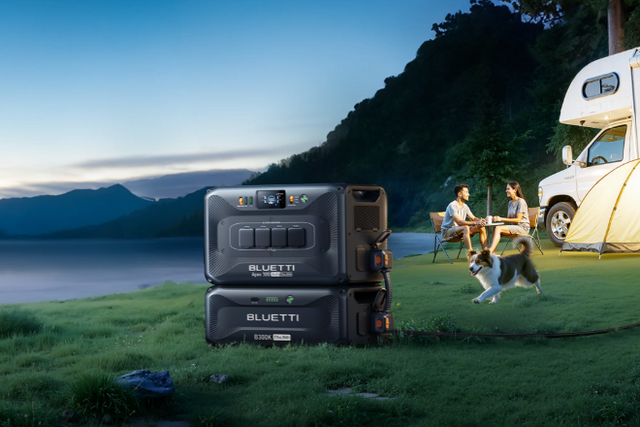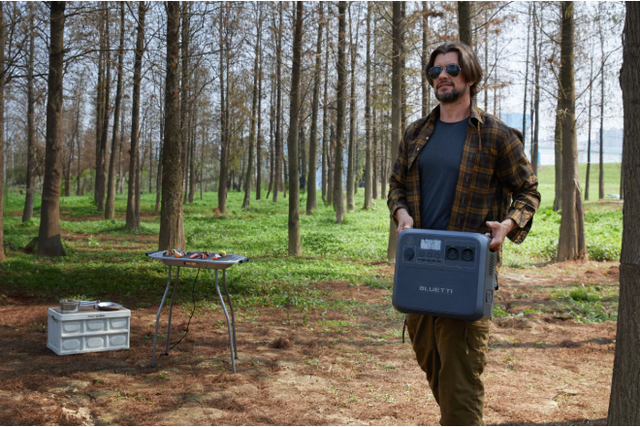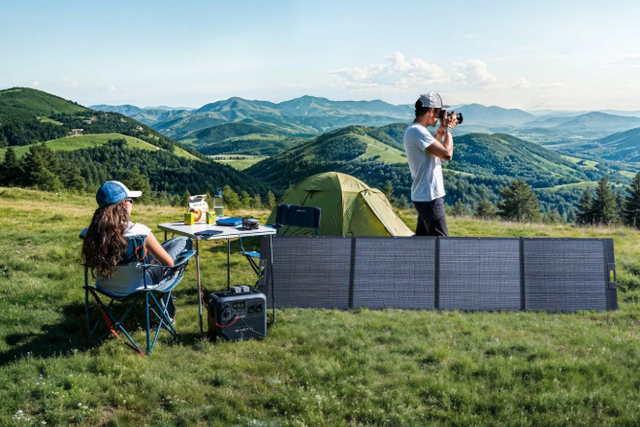In recent months there has been a strong debate in the scientific community about whether nuclear energy is renewable or is it as polluting as thermoelectric power plants. This is because, in mid-July 2022, the European Commission included nuclear energy, along with gas, in the European taxonomy of sustainable activities. This decision has raised many doubts and questions have begun to be raised, such as is nuclear energy really renewable? Why is this paradigm shift compared to nuclear energy due? nuclear? and many others that we want to solve in this article.
And it is that after analyzing different positions of pro-nuclear and anti-nuclear scientists, we can come to understand the main reasons behind this European decision, the pros and cons and why, consider that nuclear energy is renewable It is being considered as a good alternative to our most immediate future.
Why nuclear energy is renewable according to the European Commission
Unexpectedly, the European Commission has made a move that has surprised many of us by accepting nuclear energy as one of the sustainable activities. And to understand what is behind this strategic move, we must review some concepts that precede and contextualize this European decision. And yes, including natural gas and nuclear energy in the “plan to be climate neutral by 2050” is a well-considered decision. In 2019 the European Parliament approved the so-called European Green Deal, or European Green Deal , after having declared, a few months earlier, that the environmental situation of our planet was in a “climate emergency”. Once this state of emergency was declared, work began on a plan of measures and it is in this context that the European Green Pact was born. In it, certain medium- and long-term objectives were agreed with the idea of making Europe decarbonised by 2050, gradually reducing greenhouse gas emissions. In this new European Green Pact, the main lines of action were marked out, among which is the “European taxonomy of sustainable activities”. This is a commission development plan in which engages the (private) financial sector in achieving community-wide decarbonization and sustainability goals, as well as United Nations sustainability goals. That is, in this taxonomy some economic activities are classified with the label "sustainable". Thus, private green investors, whenever they want to bet on a new project, can go to this sustainable taxonomy and see what activities are included. The objective of this is that everyone can be clear about which projects are truly sustainable, avoid greenwashing and execute a fair investment towards environmental objectives of Europe. Now, the tricky question is what is sustainable economic activity for Europe? In other words, what activities may be included in the European taxonomy. The “Sustainable Economic Activities” label is awarded to any economic activity that is considered to help achieve at least one of the proposed objectives and does not interfere with the achievement of the rest. Therefore, these activities are supposed to promote climate change mitigation, transition to a circular economy, pollution prevention, etc. And here, in this classification, is where nuclear power and gas have recently been included. A decision that has promoted the debate on whether nuclear energy is renewable. Now that we are clear about the basic concepts, we can get into the most controversial situation. And it is that in mid-2022, both France and Germany were putting pressure on the European Commission to include gas production and nuclear energy in the European taxonomy of sustainable activities. Therefore, from 2023 this incorporation will come into force. Regarding environmental issues, there is an important polarization of opinions in the scientific sector. And it is that, in recent years, with the advent of the internet and social networks, we have been delivered to scientific information loaded with ideologies and personal opinions that have nothing to do with the most objective and neutral science. Therefore, on the internet we can find pro-nuclear scientists and anti-nuclear scientists. And the truth is that if we look from an objective point of view, we can combine both discourses and see that we are facing a question with black and white nuances. And it is that, although the answer of is nuclear energy renewable? It is a resounding no, it is also true that, in the political, social and economic scenario in which we find ourselves, it is the best alternative. The experts declare that on the table, there are many possibilities for the future of Europe in terms of its Green Deal and current energy resources. And that nuclear energy is renewable, is an interesting proposal that cannot be ruled out, but we cannot forget that, on the table, there are also renewable energies . As we said before, the sociopolitical context that currently overwhelms Europe is very special and precipitates countries to make almost desperate decisions. And it is that, as expected, the year 2020 shook the entire world, affecting us not only in terms of health, but also generating collateral effects at a social and economic level. Thus, currently, we can see how these effects materialize in situations such as the current energy crisis. The check is that, betting on renewables is an expensive task, in the long term and many European countries do not have the climatic conditions to produce so much clean energy. Therefore, in the short-medium term, the only quick, effective and less polluting measure is nuclear energy. As Diana Morant, the Minister of Science and Innovation, comments in this article on Retina, since the 80s that societies left to bet on nuclear energy because “it was not profitable neither in economic terms nor in speed. Therefore, from that peak it has been discarded worldwide” But right now, many countries have no choice but to go back to these old power producers. The good news in this sense is that all countries are aware that it is, something like, a contingency plan and do not plan to abandon long-term bets for energies that are renewable . Or what is the same, Spain does not consider that nuclear energy is renewable or that it has to be within the sustainable activities of the European taxonomy. Therefore, our country will continue to bet on renewables and an energy mix system. Why did this happen? Spain and Portugal are the countries that are least dependent on Russian gas supply and, furthermore, are among the 20 most advanced countries in the clean energy production transition. In addition, in the case of our country, we already have a good base of renewable energies with which we can compensate and not have to go through the hoop of nuclear energy. The full chart of the World Economic Forum's 2021 Global Energy Transition Index. As you can see, the commitment to gas and nuclear energy is renewable, it is a complex question to which there is no single answer. Or rather, the answer to the initial question of Is nuclear energy renewable? would be: No, but right now, in our context, it is the best option . For this reason, we would like to give you some of the reasons for and others against this new measure so that you can draw an objective conclusion on the matter yourself. Nuclear power plants use uranium as fuel. And although it is not an infinite material, the truth is that it is a mineral of which there are quite a few reserves. It is estimated that we could make use of this for thousands of years. The voices that are in favor of nuclear energy remember that nuclear emits, in its complete life cycle, barely 12 g CO2/kWh. This is far less than other renewables. Therefore, the emission of greenhouse gases would be drastically reduced. But if we analyze other ways of polluting the environment, we find that nuclear power plants constantly emit radioactivity. Liquid effluents and radioactive gases spread continuously in the immediate vicinity of the plant. This has been verified by analyzing the incidence rate in the towns closest to the power stations. We must also talk about nuclear waste from power plants, which is highly harmful and must be managed to store it for many years because it remains radioactive for hundreds of thousands of years. The only solution available is perpetual storage in geological formations, refrigerated pools or surface containers. The management of this waste is dangerous, expensive and permanent. Technological innovations are also applied to nuclear energy and it is currently possible to find management and combustion models that are more efficient, safer and less polluting. All these innovations represent an improvement in the concept of renewable energies, making them even more effective and positive in our current context. Nuclear energy is in constant production, which means that a power plant produces a lot of energy, which can repair and safely supply an entire country or region. It is certainly a more efficient alternative to coal as one gram of uranium produces 1 million times more energy than coal. On the other hand, ecologists believe that this fact could cause the renewables model to be considerably reduced. And it is that, currently, with renewables, when too much energy is generated, they stop depending on demand. However, a nuclear power plant cannot be simply stopped and started. This can make a country that is not very aware of its commitment to clean energy, prefer to be supplied with nuclear energy and stop betting on renewables that are adapting to the demand for energy. 
The European green pact or the European decarbonisation objectives
European taxonomy of sustainable activities
Sustainable economic activities according to the European Commission

Why are gas and nuclear energy labeled as sustainable economic activities?
But is nuclear energy really renewable?

What options does Europe have according to its objectives and according to science?

Spain stands out from Europe and does not believe that nuclear energy is renewable
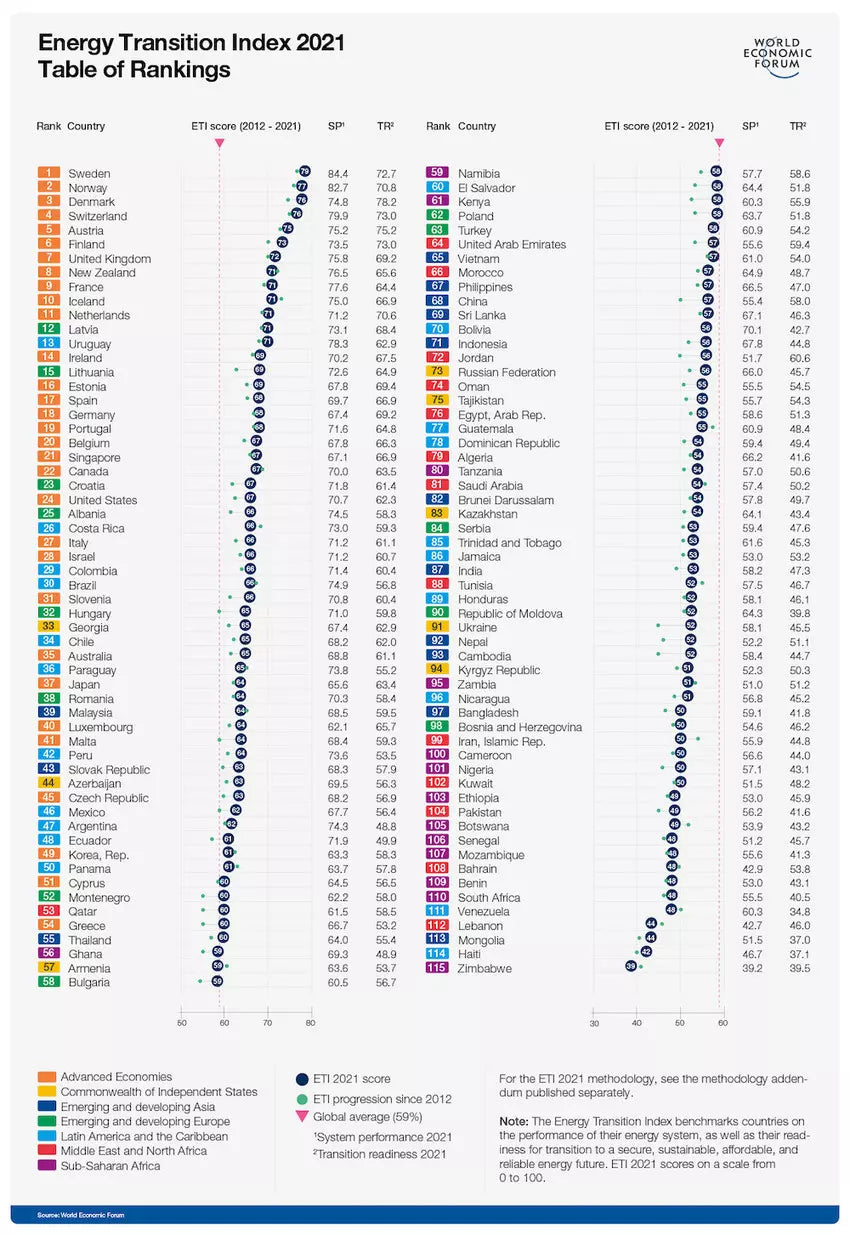
Some reasons against and in favor of nuclear energy














